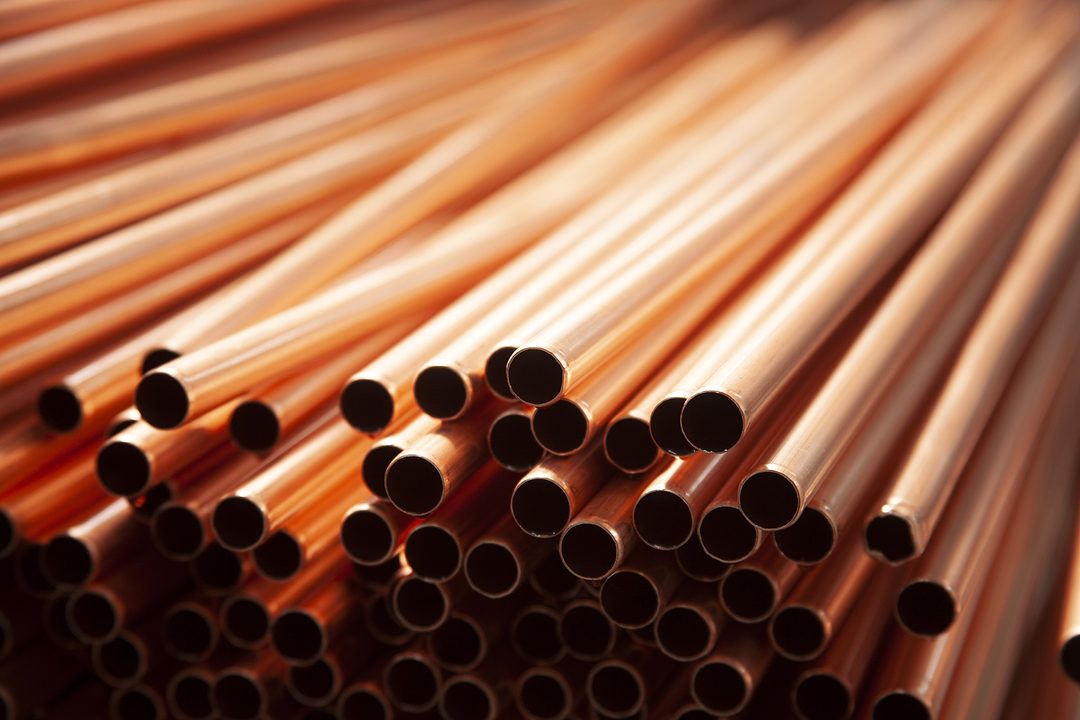Copper and Lithium Outlook
Who wants metals the most?

In the first half of 2021, the price of plywood skyrocketed. As a result, wood became a source of jobsite frustration for home builders. However, a few metals could be the next commodities to demand top dollar for the foreseeable future. Who wants materials such as copper and lithium the most? Why are they so important for our global energy future?
The International Energy Agency (IEA) is a group that researches the logistics of a secure and sustainable energy future. An IEA report from May 2021 (https://bit.ly/3yYhemn) notes: “Our bottom-up assessment suggests that a concerted effort to reach the goals of the Paris Agreement (climate [stabilization] at ‘well below 2 C global temperature rise,’ as in the IEA Sustainable Development Scenario) would mean a quadrupling of mineral requirements for clean energy technologies by 2040.
“An even faster transition, to hit net-zero globally by 2050, would require six times more mineral inputs in 2040 than today.”
Two contributors explain the elevated need for these copper and lithium: electric vehicles and the construction of solar and wind power plants. The IEA report continues: “Clean energy technologies’ share of total demand rises significantly over the next two decades to [more than] 40 percent for copper and rare earth elements, 60-70 percent for nickel and cobalt, and almost 90 percent for lithium.
“Electric vehicles and battery storage have already displaced consumer electronics to become the largest consumer of lithium and are set to take over from stainless steel as the largest end-user of nickel by 2040.”
When you look at copper usage, electric vehicles and internal combustion vehicles differ in their requirements. An internal combustion car requires 18 to 49 pounds of copper. A battery-powered electric vehicle, such as a Tesla, requires 183 pounds and additional wire for charging stations, notes the Copper Development Association. It forecasts electric vehicle and charging station demand for copper to more than double by 2025 (https://bit.ly/3xHVKdd).
While bare copper is a recycle-friendly material, it is unclear how much copper we can recycle and add to the mined supply in the next decade.
CNBC calls copper the next oil; it predicts that copper could double in price from the June 2021 price of roughly $10,000 per metric ton by 2025 (https://cnb.cx/3B81wa3). Copper is currently trading at the highest price per pound since 2011 (https://bit.ly/3B7qVko).
When you look at the global suppliers of copper, Chile, Peru and China are the major players. To keep up with the increasing car market, there are a few options: recycle these minerals more effectively, mine minerals from other sources, and find alternative metals to build cars and renewable power plants.
A coup for lithium
Lithium is another potential bottleneck resource. The batteries in your phone, power tools, computers and a myriad of other portables use lithium ions. With the growth in electric vehicle fleets, the price of other battery devices could jump.
From a supply side, the IEA explains, “For lithium, cobalt and rare earth elements, the world’s top three producing nations control well over three-quarters of global output.” Australia, Chile and China are the major miners of lithium.
Bolivia is a country with vast lithium reserves but has been relatively closed to foreign mining operations. In 2019, President Evo Morales was removed from power in a coup and exiled after a contested election. Morales was unfriendly to many nations who wished to plunder his country’s lithium stores.
The Organization of American States, a Washington, D.C.-based group founded to stop the spread of communism during the Cold War, was key in pushing for the resignation of Morales.
In an odd twist, Tesla CEO Elon Musk also entered the Bolivia conversation by tweeting, “We will coup whoever we want! Deal with it.” When the fastest-growing car company in the world brags about overthrowing foreign leaders who stand in the way of the metal needed for electric cars, you get an idea of how grave the mineral competition could be (https://bit.ly/3r9ri9q).
Metals and renewable energy
At a glance, you may argue that a global transition to electric vehicles (EVs), solar and wind power could drain the metal supplies needed for many other things. Is this bottleneck for a mined resource better than internal combustion engines and fossil fuels?
The IEA claims that “total lifecycle greenhouse gas emissions of EVs are around half those of internal combustion engine cars on average, with the potential for a further 25 percent reduction with low-carbon electricity.” However, this might leave a decade or so where we struggle to keep up with mineral supplies in order to leave fossils in the past.
The need for domestic supplies of battery-building, rare earth minerals is desperate. Fortunately, there might be nontraditional ways to harvest some of these minerals. Wyoming has a U.S. Department of Energy-backed project to sort minerals out of coal ash, a byproduct of the coal power plant process (https://bit.ly/3reoveU).
The University of Wyoming explains that “studies have shown that Powder River Basin coal ash has high extractable rare earth element content compared to other coal ash, likely due to the calcium content in the coal.” Private sector, local, regional and national money funds this project.
So, who wants copper and lithium the most? More importantly, who will pay the most for the available supplies? Will the supply chain players in the PHCPPROS readership outbid the likes of Tesla and other electric vehicle manufacturers for copper? Will we be forced back into corded power tools to avoid the high cost of lithium batteries?
One thing is certain; if you plan on storing 2-inch copper pipe in the yard outside a commercial construction project in the next 10 years, you better have the Avengers on your payroll to discourage jobsite thieves.
Copper and lithium supply competition will get worse before it gets better. We can only hope to find a creative source or alternative to copper and lithium to ease this bottleneck and progress toward a sustainable future.




